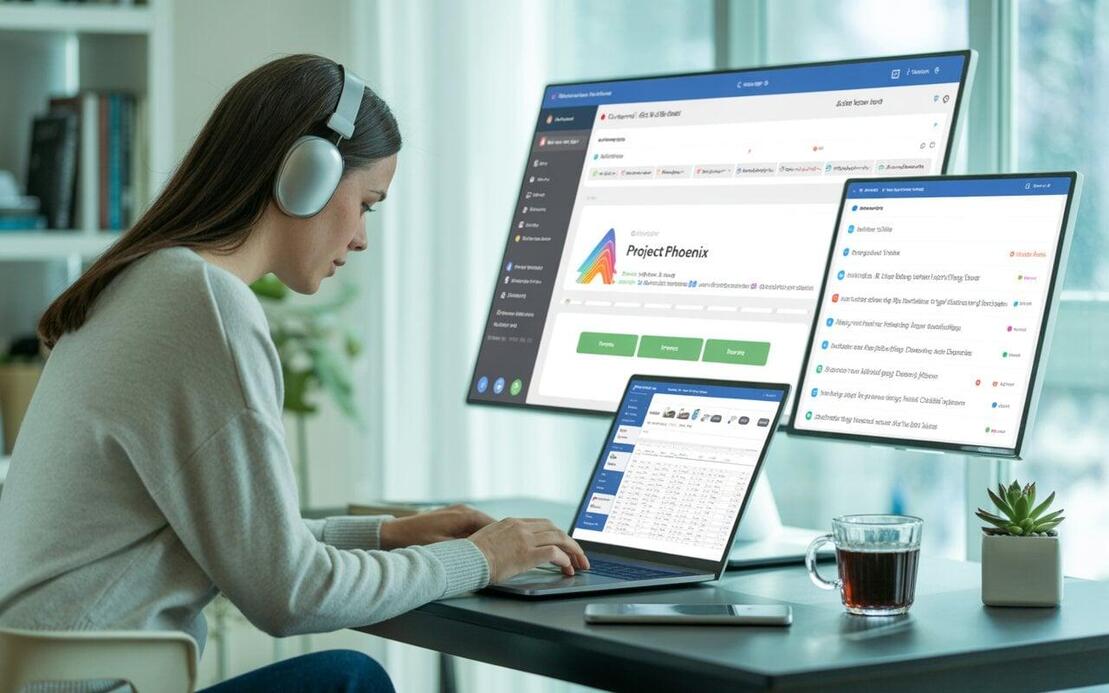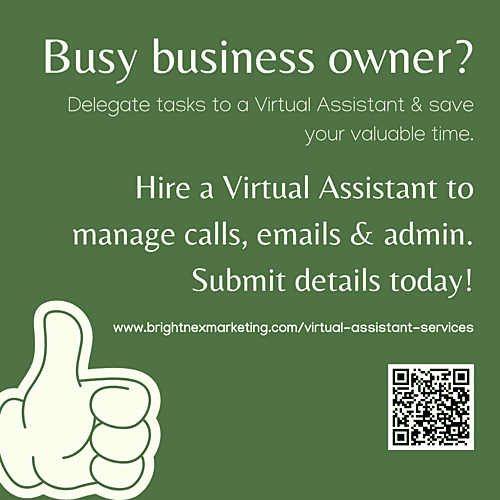In today’s fast-moving digital world, businesses and professionals are constantly searching for smarter ways to manage time, reduce costs, and improve productivity. One question that often comes up is: what is a virtual assistant?
A virtual assistant (VA) is not just a trend—it’s a powerful solution for businesses of all sizes. From startups to global enterprises, hiring a VA has become an essential strategy to streamline operations and stay competitive in the digital age.
In this beginner’s guide, we’ll explore everything you need to know about virtual assistants—what they do, how they work, and why hiring one could transform the way you manage your personal and professional life.
What Is a Virtual Assistant?
At its core, a virtual assistant is a professional who provides administrative, technical, or creative support services remotely. Unlike traditional employees, VAs work from anywhere in the world—usually from their home office—using digital tools and communication platforms to complete tasks.
Think of a VA as your extended team member. They handle the time-consuming tasks that drain your schedule, allowing you to focus on the bigger picture—growing your business, closing deals, or enjoying more personal time.
Why Are Virtual Assistants in High Demand?
The concept of remote work is no longer new, but the rise of virtual assistants has accelerated due to three major trends:
Digital Transformation – Businesses are moving their operations online, making remote collaboration seamless.
Cost-Effectiveness – Hiring a VA is far more affordable than employing a full-time staff member with office space, benefits, and overheads.
Global Talent Pool – Companies can now access skilled professionals worldwide, not just within their local market.
These factors make VAs an attractive option for entrepreneurs, small business owners, and even large organizations.
What Can a Virtual Assistant Do?
A common misconception is that VAs only handle basic admin work. In reality, their roles extend across multiple industries and skill sets. Here are some examples:
1. Administrative Support
2. Digital Marketing Assistance
3. Customer Support
4. Technical & Specialized Tasks
The possibilities are nearly endless, and businesses can hire VAs with the exact skills they need.
The Benefits of Hiring a Virtual Assistant
Hiring a virtual assistant brings both short-term and long-term advantages. Let’s explore the most important ones:
1. Cost Savings
Instead of spending on salaries, office rent, and employee benefits, you only pay for the hours worked or the projects completed.
2. Increased Productivity
With a VA handling repetitive tasks, you can focus on strategy, decision-making, and business growth.
3. Flexibility
Need extra help during peak seasons? VAs can be hired on a part-time, full-time, or project basis depending on your requirements.
4. Access to Global Expertise
You’re not limited by geography—you can hire top talent from anywhere in the world.
5. Better Work-Life Balance
By outsourcing tasks, professionals can reclaim their time and reduce stress.
Challenges of Working With Virtual Assistants
While the advantages are clear, it’s important to also recognize potential challenges:
Communication Barriers – Different time zones or language differences may affect collaboration.
Data Security Risks – Sharing sensitive information requires trust and proper security measures.
Management Issues – Without clear instructions, VAs may struggle to meet expectations.
The good news is that these challenges can be minimized with the right tools, agreements, and communication systems in place.
How to Hire the Right Virtual Assistant
If you’re convinced that hiring a VA is the right move, follow these steps to ensure success:
Define Your Needs – List the tasks you want to outsource.
Set a Budget – Decide how much you’re willing to spend hourly or per project.
Choose the Right Platform – Popular platforms include Brightnex marketing,Upwork, Fiverr, and dedicated VA agencies.
Interview Carefully – Test communication skills, experience, and reliability.
Start Small – Assign a trial task before committing long-term.
Tools That Make Virtual Assistant Work Easier
To collaborate effectively with a VA, you’ll need the right set of tools. Some commonly used platforms include:
Communication: Slack, Zoom, Microsoft Teams
Project Management: Trello, Asana, ClickUp
File Sharing: Google Drive, Dropbox
Time Tracking: Hubstaff, Time Doctor
These tools help bridge the gap between remote professionals and ensure smooth workflow.
Future of Virtual Assistants in the Digital Age
As businesses continue to embrace remote work, the role of virtual assistants will only grow stronger. In fact, experts predict that more companies will build hybrid teams—combining full-time employees with specialized VAs—to achieve maximum efficiency.
Artificial intelligence is also expected to enhance how VAs work, helping them complete tasks faster and smarter. But despite AI, the human touch of a skilled VA will remain invaluable in customer relations, creative projects, and decision-making support.
Conclusion
So, what is a virtual assistant? In simple terms, it’s your remote partner who helps you manage tasks, save money, and focus on what really matters. Whether you’re an entrepreneur, a small business owner, or a busy professional, hiring a VA could be the smartest outsourcing decision you make in today’s digital age.
If you’ve been struggling with too much workload, it may be time to try working with a virtual assistant—and experience firsthand how they can transform your productivity and peace of mind.



